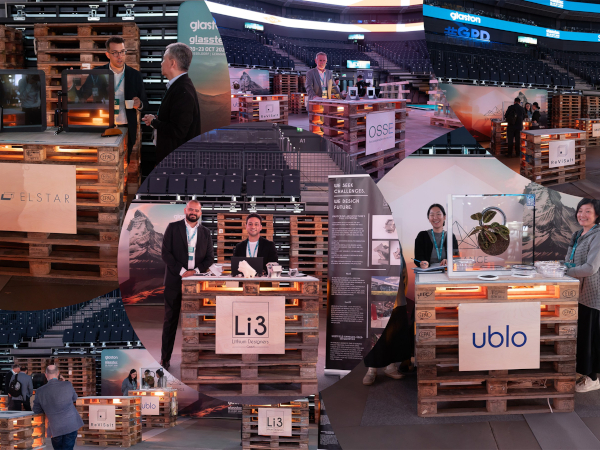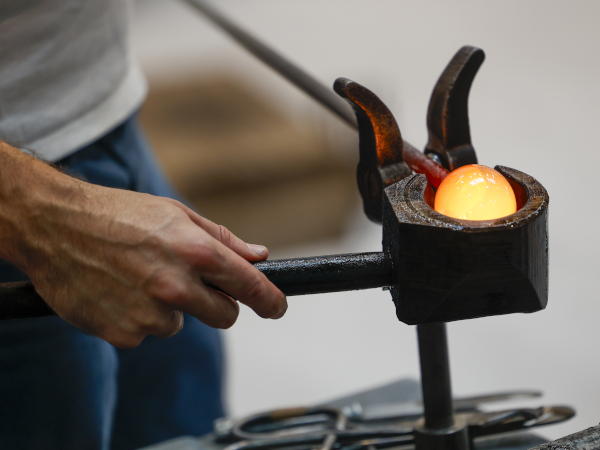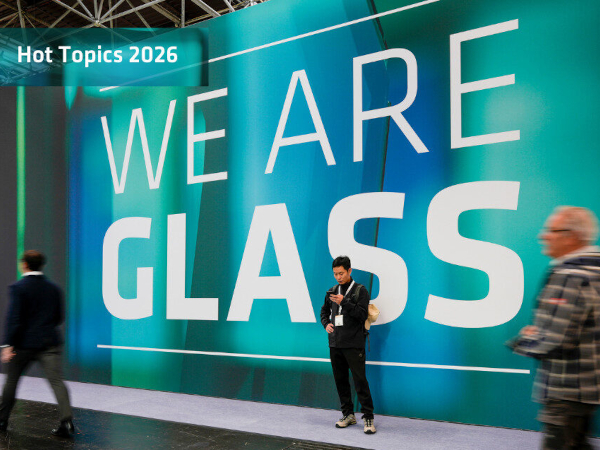Date: 30 September 2004
The first one, BEMAX 6000 EL, being still current production, dates back to 1985.It is an extremely sturdy, flexible and easy-to-use machine, fitted with seven wheels (two diamonds, one seaming, two resins and two felts) able to carry out bevels up to 45 mm wide, on 3 to 24-mm thick glasses, and progress speed up to 2.5 m/min.All operations and settings are PLC controlled.
On the contrary, the new series of FUTOMAX bevellers dates back to 2000 and is presented in three versions:
with 10 wheels (6 for bevel edging, 3 for polishing, 1 for the edge) with 12 wheels (6 for bevel edging, 3 for polishing, 1 for the edge, and 2 for pencil edge)
with 13 wheels (6 for bevel edging, 3 for polishing, 1 for the edge, and 3 for flat edge with arrisses)
FUTOMAX has been studied to the last details, and the system it uses to edge small glasses (up to 40 x 40 mm) has been carried out in team with Japanese technicians.
Amongst the several automatic functions we would like to remind:
- bevel positioning
- speed setting
- polishing wheels entering into operation, and self wear-out compensation
- glass run position display
the whole is numerically controlled through four axes.
FUTOMAX can process up to 55-mm wide bevels with 3° to 45° angles, on 3 to 24-mm glasses, with progress speed up to 4.5 m/min.
To avoid any vibration during working, the machine is built very sturdily and compact (weight over 5 tons).
In the field of insulating glass, VITRODODI has now become established on the market with the offer of three models of lines of its own make.
ISOMODULO R is a line with roller press, compact and inexpensive, available in 1600 mm, 2000 mm and 2500 mm height. Coupling of panels and laying of aluminium profile are manual, but made easier by suitable equipments. The output of this line can reach 300 to 400 units/8 h.
ISOMODULO P instead is fitted with a panel press, and all working phases are PC controlled.
Glass sheet coupling and pressing are automatic, and profile laying is the only manual operation, however made easier by special square-shaped supports.
Current heights: 1600 mm, 2500 mm and 3000 mm; output: one unit every 35 to 40 seconds.
ISOMODULO JUMBO has the same configuration as the P line, but with an EMPIRE washing machine with adjustable brushes for glass 3 to 35 mm thick, an automatic system for glass sheet coating (that can also be applied to R and P lines), and a program allowing the automatic coupling of triple glasses and structural glasses up to 100-mm offset per side.
Available in the following heights: 2000 mm, 2500 and 3000 mm.
It can produce up to one unit every 30 to 35 seconds
There are two novelties at VITRODODIs stand dedicated to tools (Hall 9, Stand G51) at the forthcoming GLASSTEC 2004 show:
The first one comes from TOYO : glass cutter range is getting wider with the new PTC30B and PTC30P specific for cutting 0.5 to 0.8 mm Pyrex glass, and 0.3 to 2 mm common glass; besides you will also find the wheels with TOYO holders for cutting tables both in the standard and the Tap Wheel version, suitable for particularly hard glasses, that are earning more and more success.
The second novelty comes from VITRODODI production, and it is the portable drilling machine MD108, with stainless steel base and tool holder, able to drill up to 25 mm, maximum diameter 110 mm.







Add new comment